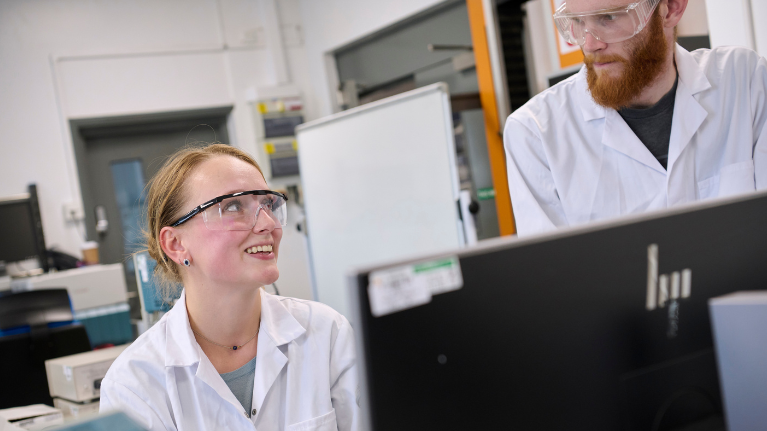
Assessing and monitoring the health and integrity of ancient and mature trees
Project summary
The aim of this project is to develop a sustainable set of methodologies for the monitoring and assessment of ancient or very mature tree trunks, using non-destructive testing (NDT) methods and techniques.
About the project
Evidence shows that trees and woodlands are increasingly under threat from disease and environmental pressures throughout the world. Currently available techniques to tackle these threats often involve cutting off branches or the incremental coring of trees.
Due to this background, the application of non-destructive techniques is gaining momentum in recent years.
This study will utilise non-destructive techniques to develop a reliable model to measure trunk density and predict tree health. The study will use simulations and real-world testing to develop an effective mechanism for estimating the degree of defects, decay, and the location of knots in tree trunks. It will also inform a comprehensive database of the critical parameters affecting trees.
The main objectives of this research project will be:
- to develop effective tree trunk survey health monitoring and assessment methodologies
- to develop numerical simulations and modelling of tree defects in both tree trunks and roots
- to develop more comprehensive GPR, Infrared Thermal Imaging (ITI) and Electrical Resistivity Tomography (ERT) data processing and interpretation techniques.
Impact
Currently, there is a gap in the knowledge on how to effectively address the early signs of decay and deterioration in old and ancient trees.
Adopting a multi-disciplinary approach and utilising different non-destructive techniques will allow for the development of a comprehensive, and effective methodology to address the gap in knowledge and practice.
PhD student Livia discusses her research into non-destructive ways to assess the health of trees
PhD student Livia discusses her research into non-destructive ways to assess the health of trees
In this video, Livia discusses her research on the assessment and health monitoring of trees and the investigation of tree roots and soil interaction using ground-penetrating radar and other non-destructive methods.
The research team
- Professor Amir Alani
- Professor Fabio Tosti
- Dr Livia Lantini
Find out more
-
Research Centres and Groups
Find out about our multi-disciplinary areas of expertise, PhD research, and teaching.
-
Research impact
Learn how our PhD research has helped communities locally, nationally and internationally.
-
The Graduate School
If you are interested in studying for a PhD or Professional Doctorate, the Graduate School is here to support your research.






